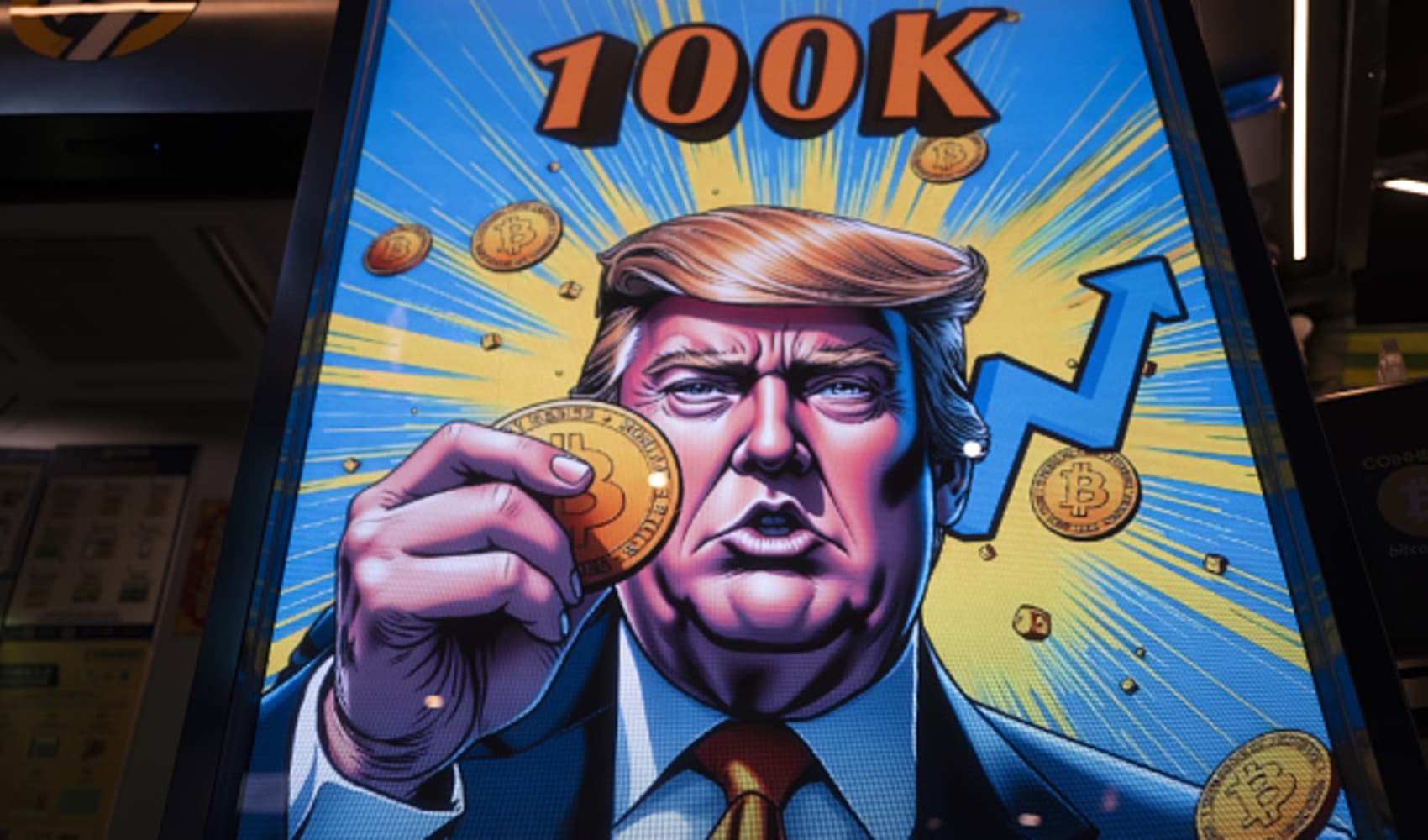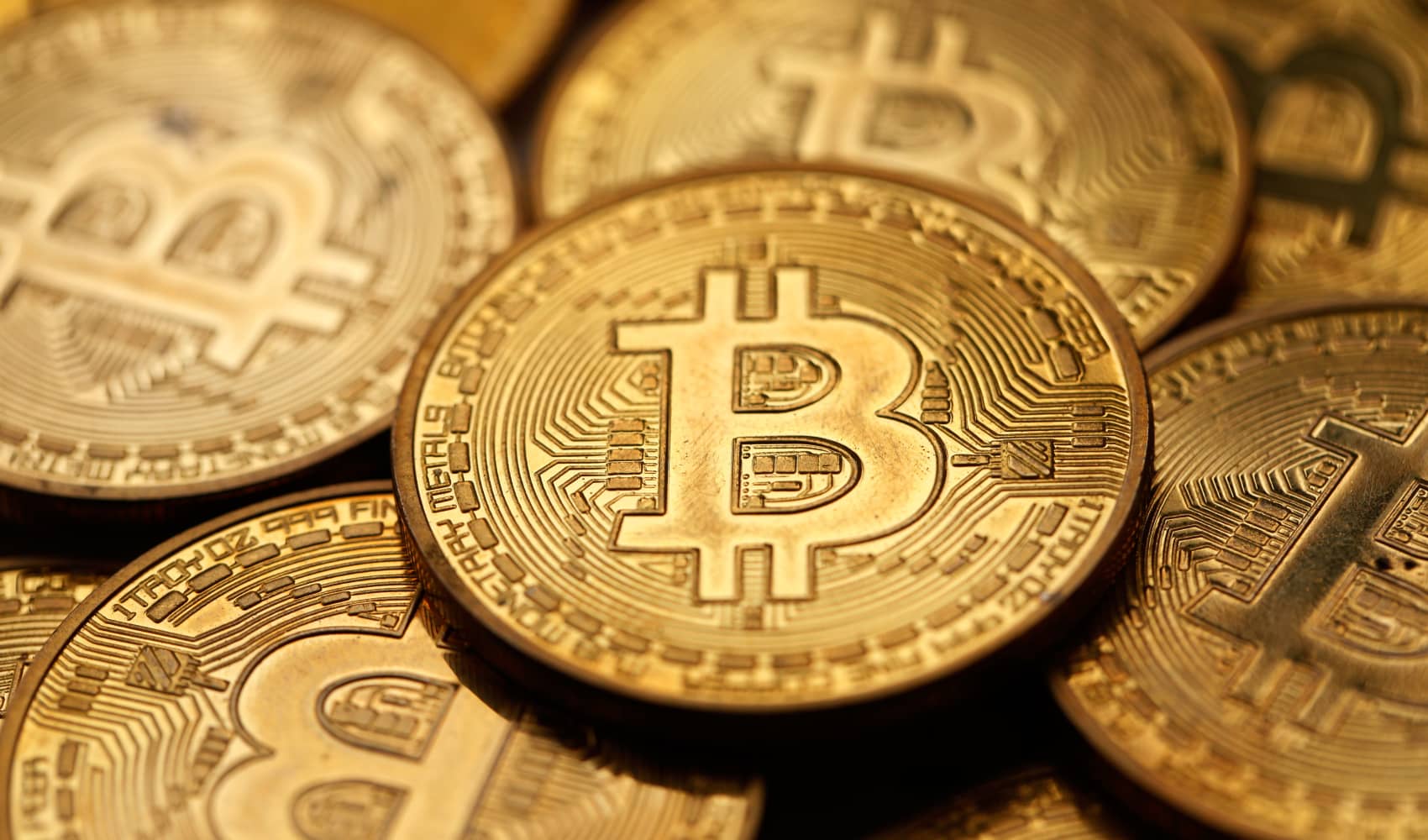Trump Meme Coin Delay: Insider Sales Postponed 90 Days!
Trump Meme Coin Holders Face 90-Day Sales Delay: What's Next?
Introduction: A Setback for $TRUMP Insiders?
Well, folks, it looks like there's a plot twist in the world of Trump-themed meme coins. Just when some insiders were gearing up to cash in on their $TRUMP holdings, a 90-day delay has thrown a wrench into their plans. What does this mean for the coin, the market, and those who've invested? Let's dive into the details, shall we?
What is the $TRUMP Meme Coin?
The $TRUMP token, launched in January, piggybacks on the popularity and, let's be honest, the controversy surrounding former President Donald Trump. Like other meme coins, it aims to capitalize on social media hype and community enthusiasm, rather than offering tangible utility or underlying technology. Think of it as the digital equivalent of a collectible trading card, only much, much more volatile.
The Initial Lock-Up and Vesting Schedule
To prevent a massive sell-off that could crash the price, the majority of $TRUMP tokens were initially locked up. Only 20% of the total supply was made available for trading, while the remaining 80%, held by insiders, was subject to a three-year vesting schedule. This means that insiders would receive their tokens gradually over time, theoretically preventing a sudden dump of coins onto the market.
H2 The Unexpected Delay: A 90-Day Extension
Here's where things get interesting. Originally, a significant portion of these locked tokens was scheduled to unlock this month. However, according to a recent announcement on the official $TRUMP X account, that unlocking has been postponed. Insiders will now have to wait an additional 90 days before they can start selling. Why the delay?
H3 Possible Reasons for the Delay
While the exact reason hasn't been explicitly stated, there are a few potential explanations:
- Market Conditions: Perhaps the $TRUMP team believes that current market conditions aren't favorable for a large influx of tokens. A bear market, or even just a period of uncertainty, could lead to a price crash.
- Regulatory Concerns: The crypto world is still navigating a complex web of regulations. It's possible that the delay is related to compliance issues or a desire to avoid scrutiny from regulatory bodies.
- Strategic Maneuvering: Sometimes, a delay is simply a strategic move to build more hype and anticipation. By creating a sense of scarcity, the $TRUMP team might be hoping to drive up the price before the insiders start selling.
The Impact on Insiders
Obviously, this delay is a setback for the insiders who were counting on accessing their tokens this month. It ties up their capital and prevents them from taking profits. It's like being told you can't open your Christmas presents until Easter.
The Impact on Retail Investors
What about the average Joe or Jane who bought $TRUMP tokens? The impact is more nuanced. On one hand, the delay could be seen as a positive sign, as it prevents a potential sell-off that could hurt the price. On the other hand, it raises questions about transparency and control. Should insiders have this much influence over the market?
The $MELANIA Token: Another Trump Crypto Venture
It's not just $TRUMP. The article mentions the $MELANIA token, another crypto venture associated with the Trump family. These tokens often operate in a similar fashion, capitalizing on the brand recognition and associated media attention.
The Allure of Meme Coins: Why Do People Buy In?
Why do people throw money at meme coins? It's a good question. For some, it's the potential for quick gains. For others, it's the sense of community and belonging. And for some, it's simply the thrill of the gamble. Think of it as buying a lottery ticket, but with the added bonus of being able to share memes with your fellow gamblers.
The Risks of Meme Coins: A Word of Caution
Meme coins are notoriously volatile and speculative. They can surge in value overnight, but they can also crash just as quickly. It's crucial to understand the risks before investing. Don't put in more than you can afford to lose.
H2 Are Trump Crypto Ventures Profitable?
It depends on who you ask. While the article highlights that Trump's crypto ventures, including the $TRUMP and $MELANIA tokens, have generated hundreds of millions of dollars for insiders, it also notes sharp losses for retail investors. So, are they profitable? For some, yes. For many, no.
H3 Insider Profits vs. Retail Losses
This disparity is a common theme in the crypto world. Insiders often have access to information and resources that retail investors don't. They can buy in early, manipulate the market, and cash out before the average investor even knows what's happening. It's like playing poker against someone who can see your hand.
The Importance of Due Diligence
Before investing in any cryptocurrency, especially a meme coin, it's essential to do your own research. Understand the token's purpose (or lack thereof), the team behind it, and the risks involved. Don't rely solely on hype or social media buzz.
H2 The Future of $TRUMP: What to Expect
What does the future hold for the $TRUMP token? It's impossible to say for sure. Meme coins are notoriously unpredictable. However, the 90-day delay will undoubtedly have an impact, both in the short term and the long term.
H3 Short-Term Price Fluctuations
In the short term, the price of $TRUMP could fluctuate based on speculation and sentiment. The delay could create a sense of scarcity and drive up the price, or it could lead to disappointment and a sell-off.
H3 Long-Term Sustainability
The long-term sustainability of $TRUMP, like all meme coins, depends on its ability to maintain community engagement and generate ongoing hype. Without a strong and active community, the token is likely to fade into obscurity.
The Broader Crypto Landscape
The $TRUMP token is just one small piece of the vast and ever-evolving crypto landscape. The industry is constantly changing, with new technologies, regulations, and trends emerging all the time. It's a wild ride, to say the least.
H2 Conclusion: A Wait-and-See Approach
The 90-day delay for $TRUMP insiders highlights the volatile and often unpredictable nature of meme coins. While the delay could potentially benefit retail investors by preventing a large sell-off, it also raises questions about transparency and control. Ultimately, whether $TRUMP will thrive or fizzle out remains to be seen. As always, remember to do your own research and invest responsibly.
H2 Frequently Asked Questions
Here are some frequently asked questions about the $TRUMP meme coin and the recent delay:
-
Q: What exactly does the 90-day delay mean?
A: The 90-day delay means that insiders who hold a significant portion of the $TRUMP token supply will have to wait an additional three months before they can start selling their tokens on the open market. This affects the planned release of previously locked tokens.
-
Q: Why was the insider unlock delayed?
A: The exact reason for the delay hasn't been explicitly stated. However, potential reasons include unfavorable market conditions, regulatory concerns, or a strategic decision to create more hype and scarcity around the token.
-
Q: How will this delay affect the price of $TRUMP?
A: The effect on the price is uncertain. It could potentially stabilize or even increase the price in the short term by preventing a large sell-off. However, it could also lead to disappointment and a decrease in price if investors lose confidence.
-
Q: Is $TRUMP a good investment?
A: Meme coins are highly speculative and volatile. Investing in $TRUMP, or any meme coin, carries significant risk. It's crucial to do your own research, understand the risks involved, and only invest what you can afford to lose.
-
Q: Where can I find more information about $TRUMP and other meme coins?
A: You can find information on crypto news websites, social media platforms, and online forums. However, be wary of biased or misleading information. Always verify information from multiple sources before making any investment decisions. Consider following reputable crypto analysts and researchers.





